Integration with Smart Devices
The integration of wearable inertial sensors with smart devices appears to be a driving force in the Wearable Inertial Sensors Industry Market. As consumers increasingly adopt smartwatches and fitness trackers, the demand for sensors that can seamlessly connect with these devices is likely to rise. This integration enables users to monitor their physical activities and health metrics in real-time, enhancing user experience. The market for smart wearables is projected to reach approximately 200 billion dollars by 2026, indicating a robust growth trajectory. Consequently, the Wearable Inertial Sensors Industry Market is expected to benefit from this trend, as manufacturers strive to develop sensors that offer enhanced connectivity and functionality.
Rising Awareness of Health Monitoring
Rising awareness of health monitoring is emerging as a critical driver for the Wearable Inertial Sensors Industry Market. As individuals become more conscious of their health and wellness, the demand for devices that can track vital signs and physical activity is increasing. This trend is supported by a growing body of research highlighting the benefits of regular health monitoring. The market for health-focused wearables is projected to grow at a compound annual growth rate of over 20 percent through 2026. Consequently, the Wearable Inertial Sensors Industry Market is likely to expand as consumers seek out innovative solutions for personal health management.
Technological Advancements in Sensor Design
Technological advancements in sensor design are significantly influencing the Wearable Inertial Sensors Industry Market. Innovations such as miniaturization, improved battery life, and enhanced accuracy are making inertial sensors more appealing to consumers. For instance, the development of MEMS (Micro-Electro-Mechanical Systems) technology has enabled the production of smaller, more efficient sensors that can be easily integrated into various wearable devices. This trend is expected to drive the market forward, as manufacturers leverage these advancements to create more sophisticated products. The Wearable Inertial Sensors Industry Market is poised for growth as these technologies continue to evolve and meet consumer demands.
Increased Investment in Research and Development
Increased investment in research and development is a pivotal factor driving the Wearable Inertial Sensors Industry Market. Companies are allocating substantial resources to innovate and enhance the capabilities of inertial sensors. This investment is crucial for developing new applications, improving sensor accuracy, and ensuring compatibility with emerging technologies. As a result, the market is witnessing a surge in new product launches and enhancements to existing devices. The Wearable Inertial Sensors Industry Market is expected to benefit from this trend, as ongoing research efforts lead to breakthroughs that could redefine the capabilities of wearable technology.
Growing Demand for Health and Fitness Applications
The burgeoning interest in health and fitness applications is a notable driver for the Wearable Inertial Sensors Industry Market. Consumers are increasingly seeking devices that can provide accurate data on their physical activities, such as steps taken, calories burned, and heart rate. This trend is reflected in the rising sales of fitness trackers, which are anticipated to surpass 100 million units annually by 2025. As a result, manufacturers are focusing on developing advanced inertial sensors that can deliver precise measurements and improve user engagement. The Wearable Inertial Sensors Industry Market is likely to see substantial growth as these applications become more prevalent in everyday life.

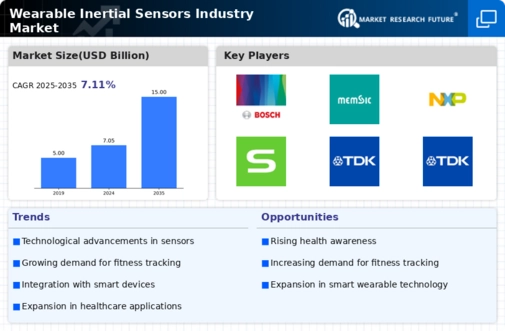
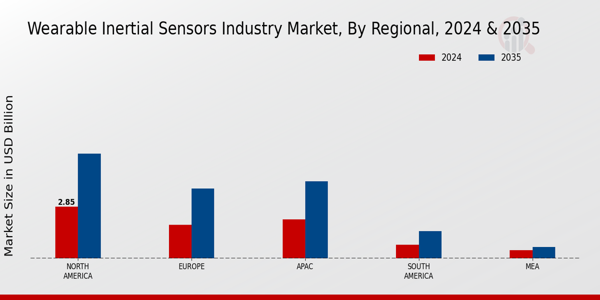
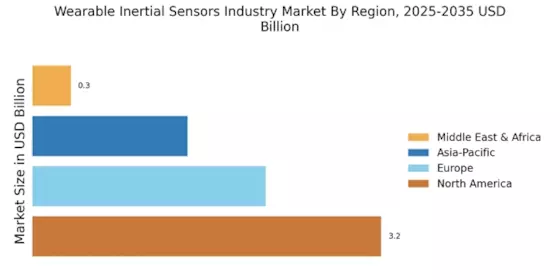
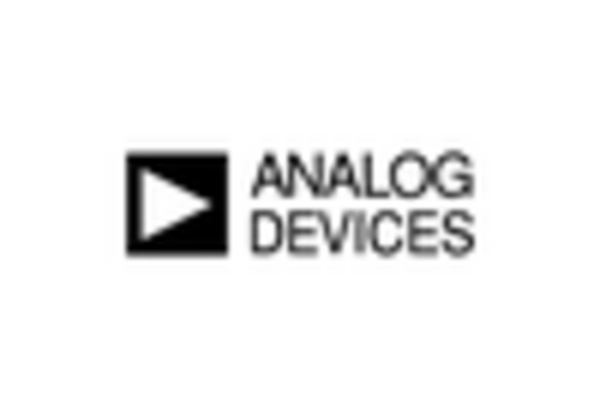

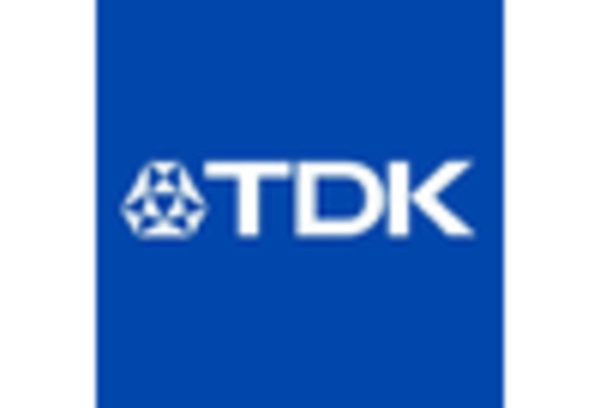










Leave a Comment